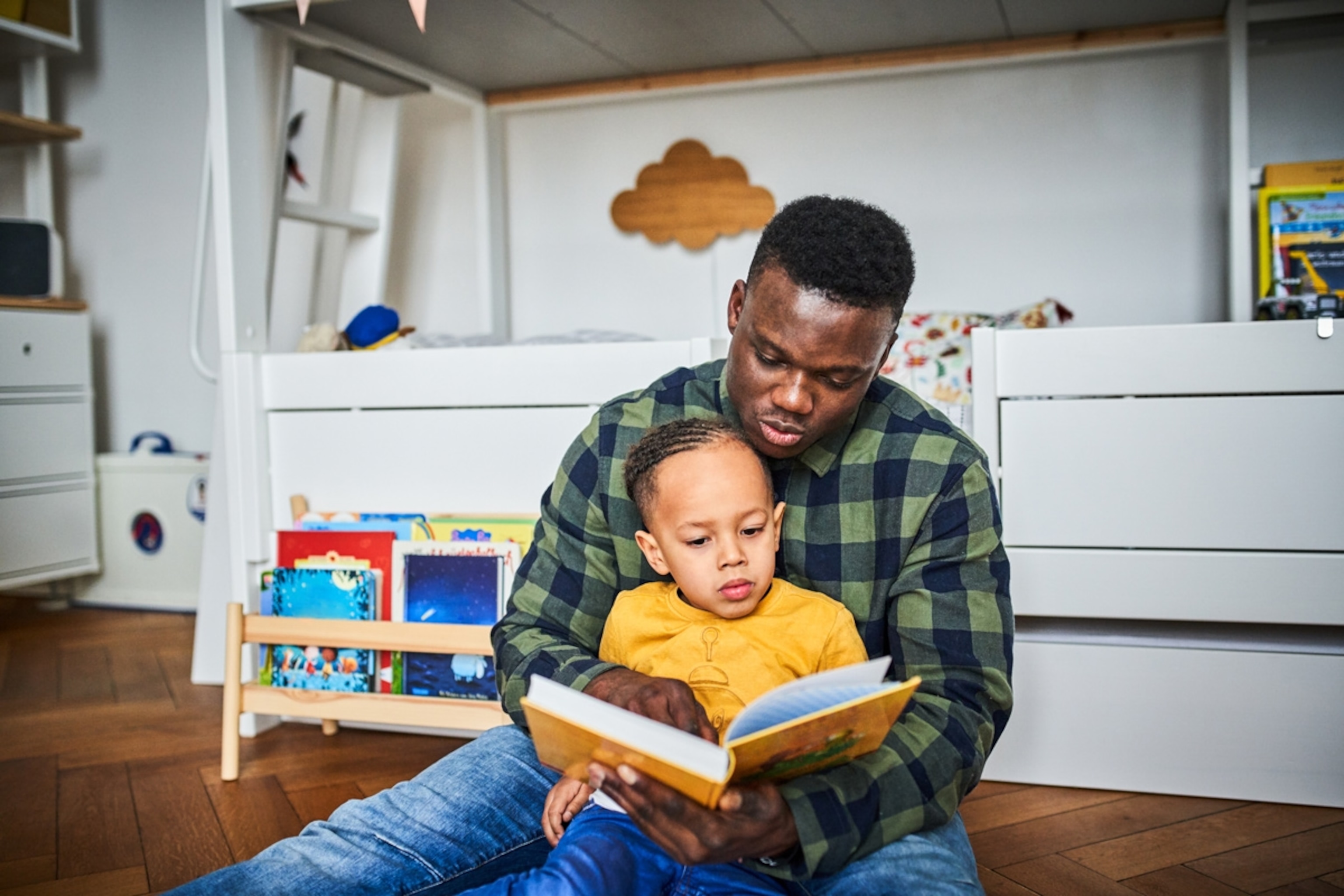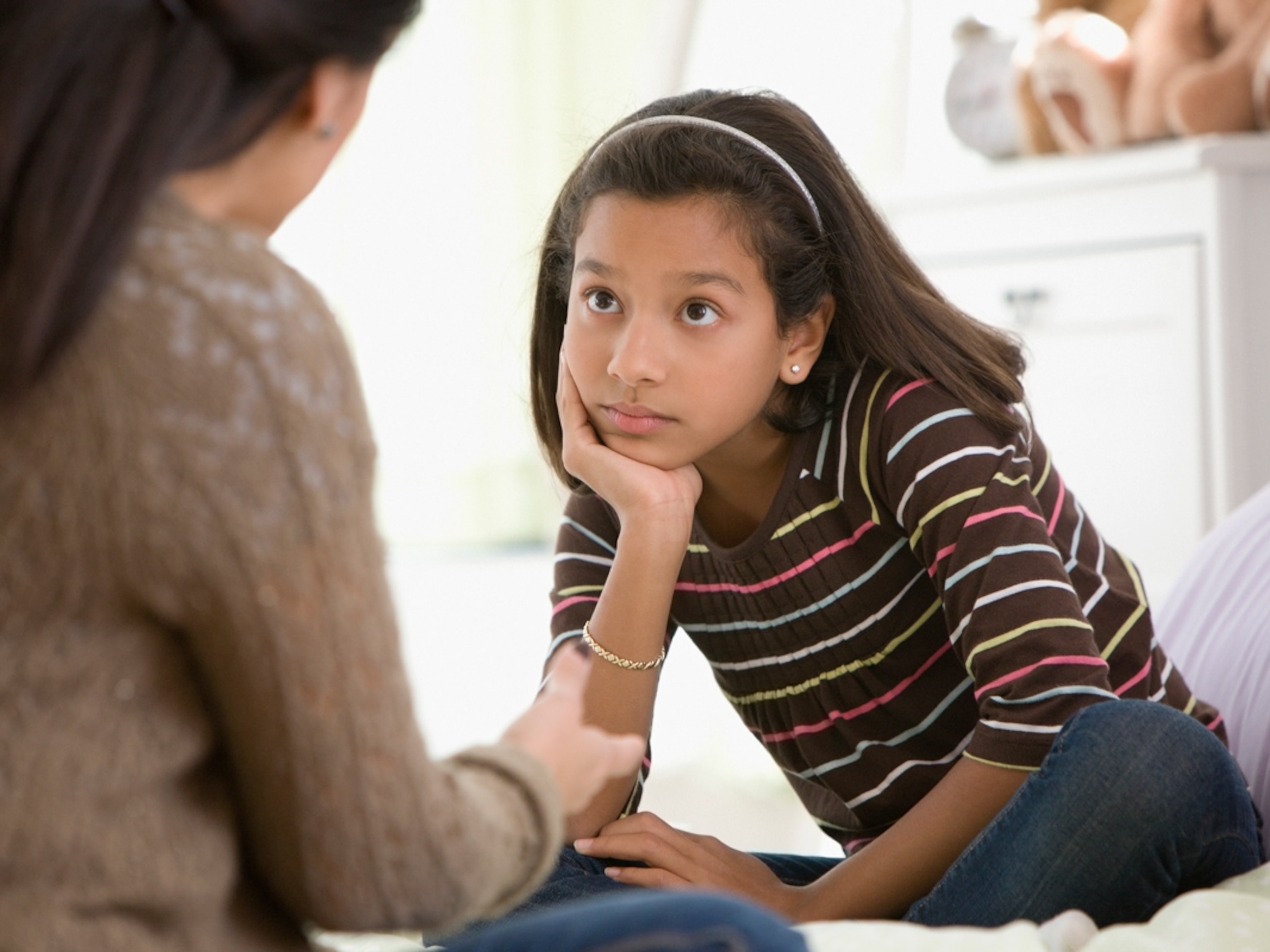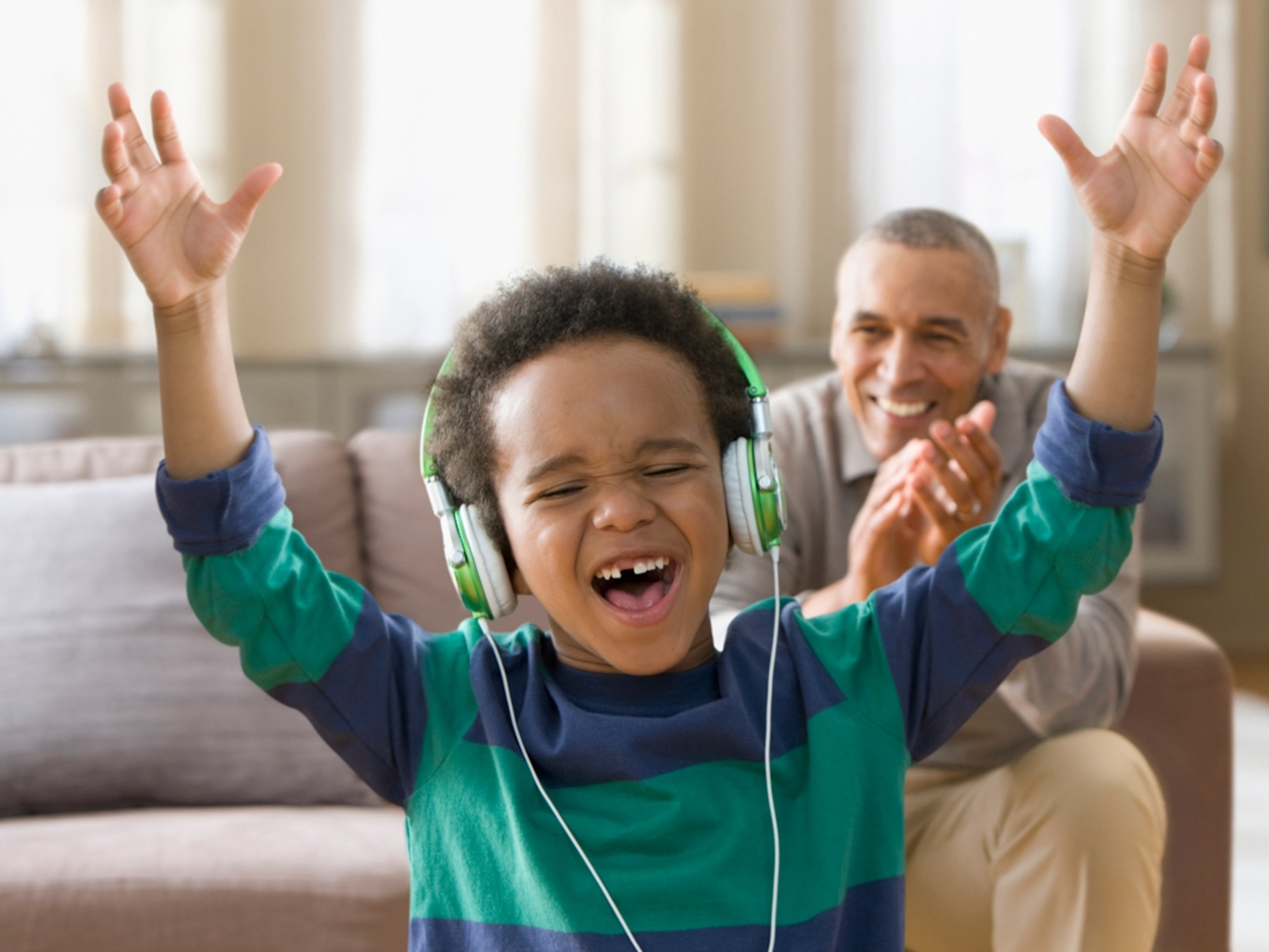
At-home tools to help kids manage their emotions
Take home these ‘social-emotional learning’ lessons to help children weather the pandemic.
At a recent event, a student said something that stood out to educator Karen VanAusdal: “He said, ‘I want my teacher to ask me how I am, not just how my grades are.’”
During these stressful times, kids are craving more attention to their emotional health than ever before. That’s why you might have noticed some feelings-based lessons start at your kids’ school this year. It's called SEL—or social-emotional learning—which many educators brought in to help students cope with the big changes 2020 brought.
“If kids are dealing with a lot of emotional stuff, how are they expected to turn off all those emotions to focus?” asks Jon Sarna, who teaches social-emotional awareness at Burbank Unified School District in California.
Stress makes it hard to learn, but acquiring skills to manage stress can help, says Christina Cipriano, director of research at the Yale Center for Emotional Intelligence. “[Stress] impedes our executive function and memory,” she says. “If you cannot recognize those emotions and regulate them, they’re going to undercut your ability to engage."
And when SEL skills are taught in the classroom, students feel more connected to teachers. That, says VanAusdal, senior director of practice for Chicago’s Collaborative for Academic, Social, and Emotional Learning, helps supports a child’s academics.
Even if your kid’s school isn’t teaching SEL skills, no need to worry. The good news is that with your help, kids can learn SEL at home, too.
What is SEL?
At its most basic, SEL is a set of strategies to help children or adults manage their emotions and relate to others in healthy ways. The idea began in the 1960s, when child psychiatrist James Comer suggested that disadvantaged students could do better academically if they felt more valued and secure at school. He built a pilot program at Yale School of Medicine’s Child Study Center, set it in motion at two low-achieving schools in New Haven, and watched as behavior issues went down and academics went up.
By the 1990s, SEL was being taught in hundreds of schools, and in 1995, Daniel Goleman’s bestseller, Emotional Intelligence, made SEL a popular term.
Today, social and emotional learning standards have been approved in schools around the world. SEL lessons are taught as dedicated units, which is what Sarna does, or integrated into academics in the form of thoughtful questions and comments that teachers are trained to incorporate. The lessons are designed to help kids gain life skills like recognizing and naming their emotions, having empathy for peers, and learning how to build good relationships.
How SEL can help
While pausing academics to talk about feelings might sound counterintuitive for learning, more than 20 years of research shows it can boost academic performance, increase mental health, reduce drop-out rates and more. After all, when kids feel better, they do better.
A study from Pennsylvania State University tracked kindergartners until they turned 25, and found those who showed “pro-social behavior” at a young age were more likely to stay out of jail, avoid drugs and alcohol, and have good mental health as adults. (Read more about kind kids here.) And these skills can be taught.
According to an analysis of studies that included more than 270,000 students, kids who participated in SEL programs had better behavior in class, were more able to manage their stress, and scored 11 percentile points higher in academics than kids who didn’t participate in SEL programs.
How to do SEL at home
Whether or not your kids are getting SEL lessons in school, they could benefit from extra support in these stressful times. Here are grab-and-go SEL techniques you can use with your kids to get some of the same benefits at home.
Take a belly breath. “We use this tool for calming down strong feelings, or when kids feel they can’t focus, or need to calm distractions,” Sarna says. Kids place their hands on their bellies, then breathe in through their noses. You can cue them to breathe “like they’re smelling delicious soup.” Tell them to feel the air filling their bellies. Then cue them to blow out like they’re cooling off the soup. Kids can “take a belly breath” before they react to a situation, or before they sit down to do homework.
Build a family charter. “This is a document you identify with your family or with your classroom unit,” Cipriano says. At the beginning of the pandemic, Cipriano and her family created their charter: “We said, ‘How do we want to feel in this house, and what will we do to feel this way?’” Cipriano's family decided they all want to feel respected and heard. Then they brainstormed how to get there, and wrote, "We are going to listen to what people are saying, or not saying.” She suggests sitting down with your kids and having everyone come up with four or five words describing how they want to feel, and then four to five activities that they all agree to do to help them get there.
Share roses and thorns. At dinner, check in with the family and ask, “What was something positive that happened today?” Then, “Let's all share a challenge from our day.” The positives are the roses, and the challenges are the thorns. When someone shares a thorn, resist the urge to try to solve it. “You can ask, ‘How did you handle that?’” VanAusdal says. “Or if it continues to be a struggle, ‘What can we do together to help us move through that struggle?’ Give kids a chance to reflect and flex that muscle of problem-solving."
Think for three. “If we give kids three minutes to just do nothing and have their own thoughts, that’s powerful,” Sarna says. “Just giving kids space to think, allowing their thoughts to run wild, allows them to tap into their intuition, rather than us inundating them with what we already know.”
Try a mood meter. This is a chart of feeling words that kids can use to pick out how they feel at any given moment—say, before a test, after a tough day, or even during a tantrum. “It helps you to identify your emotions more accurately,” Cipriano says, "and it builds self-awareness so we learn how to regulate by understanding and expressing our emotions.” She says once kids recognize their emotions, they can use that information to make better decisions that aren’t based solely on emotions. You can find a free printable mood meter here and a mood meter app here.
Read aloud. For younger kids, “If you're sharing a story, you can reflect: ‘How did that character handle this conflict? What makes this character really strong? Why did this challenge happen?’” VanAusdal suggests. “It gets kids to build a vocabulary for their emotions.”
Share your feelings. “I can ask a class, ‘Who’s ever been scared?’ and sometimes, no one says anything,” Sarna says. “Then I say, ‘Well, I’ve been scared.’ Then everyone wants to say they’ve been scared. They all feel a little more comfortable.” Sharing an emotion, he says, can help them understand those feelings are normal.
Take a beat. “We call this taking a meta-moment,” Cipriano says. “Something happens, you have a feeling, and you stop and think before you react: ‘What would my best self do in this situation?’ Before you jump to a conclusion, whatever your best self would do, you do.” So in the moment, a child might say, “I’m feeling frustrated right now. I’m feeling anger right now. What would my best self do in this situation?” Cipriano emphasizes that this can help grown-ups as well as kids better understand the link between our emotions and behaviors.



